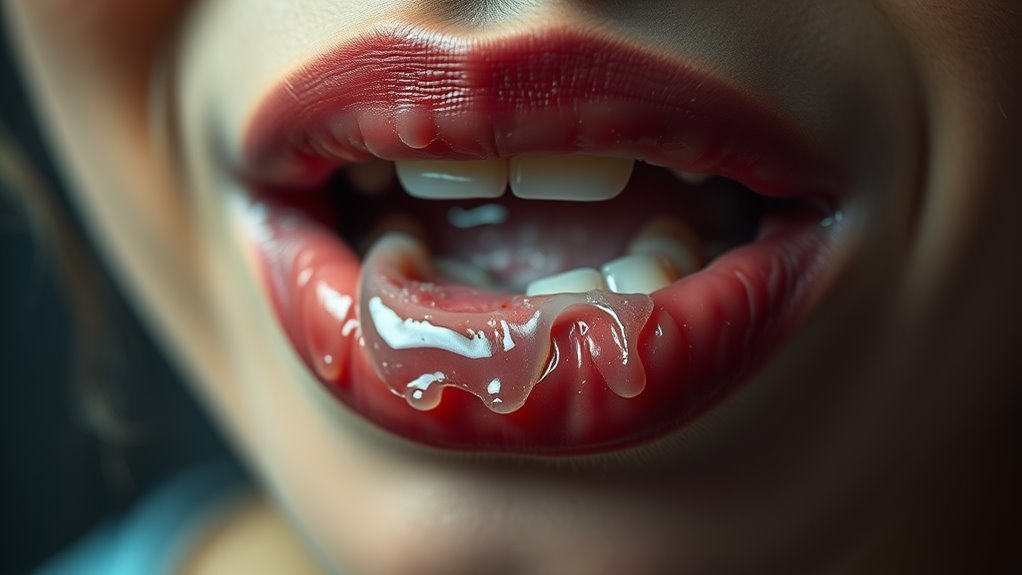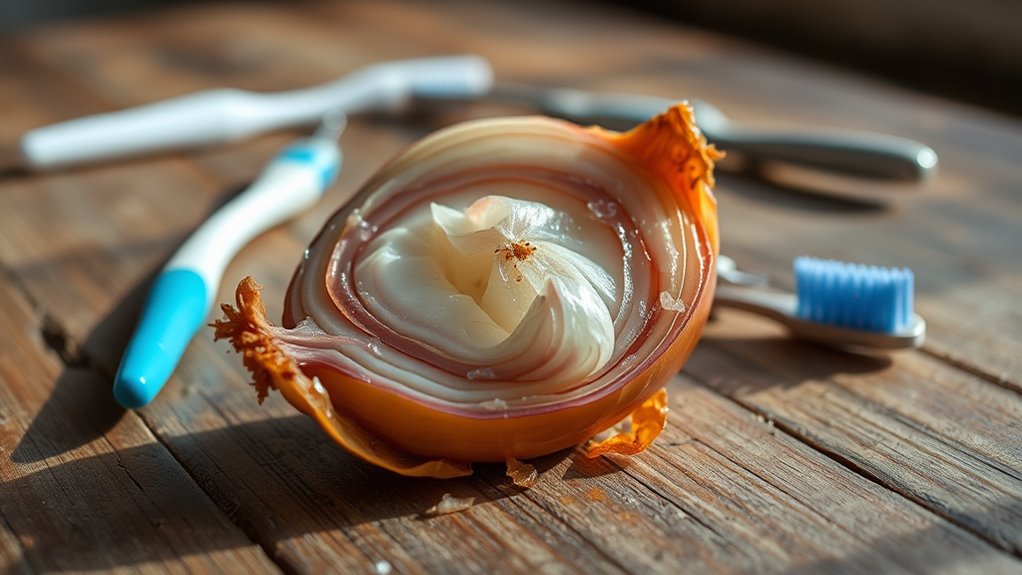How to Choose the Perfect Toothbrush for Your Smile
You might think that choosing a toothbrush is simple, but the right one can significantly impact your oral health. It’s not just about the color or brand; factors like bristle type and handle design matter. By understanding your personal dental needs, you can make an informed choice. Keep in mind that each decision influences your smile’s health and longevity, so let’s explore how to find the perfect toothbrush for your routine.
Key Takeaways
- Assess your oral health needs, considering factors like gum sensitivity and specific dental conditions to determine the appropriate bristle type.
- Choose a handle design that ensures comfort and grip, focusing on ergonomic features if you have limited dexterity.
- Decide between a manual or electric toothbrush based on your budget, preference, and desired plaque removal effectiveness.
- Regularly replace your toothbrush every three to four months or sooner if bristles are frayed to maintain optimal cleaning power.
- Remember to evaluate your brushing technique and adjust the brush angle for effective plaque removal, regardless of the toothbrush type.
Understanding Bristle Types
When selecting a toothbrush, understanding bristle types is crucial for optimal oral care.
You’ll typically find three main bristle types: soft, medium, and firm.
Soft bristles are gentle on gums, making them ideal for most people, especially those with sensitive teeth. Medium bristles provide a balance between cleaning effectiveness and comfort. Firm bristles can remove plaque more aggressively but may irritate gums and enamel.
Toothbrush selection should also consider the importance of brush angle, as angling your brush correctly can enhance effectiveness regardless of bristle type.
For your toothbrush selection, consider your dental needs, such as gum sensitivity or plaque buildup, to choose the right bristle type.
Ultimately, selecting the correct bristle type can significantly enhance your oral hygiene routine.
Choosing the Right Handle Design
Selecting the right bristle type is just one aspect of your overall toothbrush choice; the handle design also plays a significant role in your brushing experience.
When choosing a handle, look for comfort and grip. An ergonomic design can reduce hand fatigue during brushing, making it easier to reach all areas of your mouth.
Consider the size and shape that fits your hand best. Textured grips can enhance control, especially when wet.
If you have limited dexterity, opt for a wider handle. A well-designed handle not only improves your technique but also encourages regular brushing, contributing to better oral health.
Evaluating Your Personal Dental Needs
How can you determine which toothbrush suits your unique dental needs? Start by considering your oral health conditions, habits, and preferences. Keep in mind your sensitivity levels and any orthodontic appliances. Below is a simple guide to help you evaluate your needs:
| Factor | Considerations |
|---|---|
| Gum Sensitivity | Soft bristles may be ideal |
| Brushing Technique | A shaped handle for better grip might help |
| Dental Conditions | Look for specialized brushes if needed |
Assess these aspects, and you’ll be one step closer to selecting the toothbrush that best supports your smile. Maintaining proper hygiene is crucial, as an old toothbrush can become a breeding ground for harmful bacteria which may contribute to bad breath.
Manual vs. Electric Toothbrushes
Choosing between manual and electric toothbrushes can significantly impact your dental hygiene routine.
Manual toothbrushes are budget-friendly, portable, and allow you to control pressure and technique. They require no batteries or charging, making them ideal for travel.
On the other hand, electric toothbrushes often provide better plaque removal due to their oscillating or sonic technology. They may encourage you to brush longer with built-in timers and pressure sensors.
If you have dexterity issues or simply prefer a more efficient cleaning experience, consider an electric toothbrush. Ultimately, the right choice depends on your personal preferences and dental health goals.
Importance of Replacement Frequency
Although it might seem minor, regularly replacing your toothbrush is crucial for maintaining optimal dental hygiene. Over time, bristles wear down and lose their effectiveness, making it harder to remove plaque and food particles.
Dentists recommend changing your toothbrush every three to four months, or sooner if the bristles fray. A worn toothbrush can harbor bacteria, which might lead to oral infections or gum disease.




